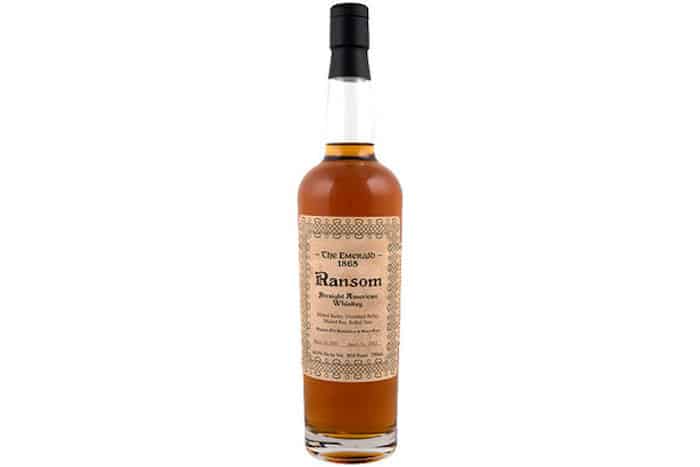Most of us are used to seeing a handful of different grains in a whiskey mash bill. Barley, corn, rye, wheat. Anything else is usually thought of as experimental, the realm of modern-day craft distillers. But there’s another grain that’s played a supporting role historically, and continues to show up today: oats.
Oats aren’t an easy grain to work with. They’re relatively low in starch, which means a lower yield. On top of the yield issue, oat mash, it turns out, is a lot like a bowl of oatmeal: really sticky and gloopy. It’s impossible to separate the solids from the sugary liquid in an oat mash, so everything has to go in the still—which causes burning in certain types of stills.
On the other hand, if you can figure out how to work with oats, they impart a pleasant, grainy aroma and creamy texture to the final spirit. That’s something a handful of modern distilleries have picked up on in recent years (more on that in a minute), but it was also known by historical distillers, especially in Ireland.
Oats were also once a common flavoring grain in single pot still whiskey, a distinctly Irish style that fell by the wayside during the 20th Century, but has begun to experience a revival more recently. Pot still whiskey is defined not by the use of a pot still, but by the use of unmalted barley along with malt, an innovation that arose as a response to a 1785 malt tax. For added flavor, small amounts of wheat and oats were also used. Those grains gave rise to a style of whiskey that was uniquely Irish, with a different range of flavors and a creamier texture than malt whiskeys.
It’s not clear exactly what role oats played in traditional Irish whiskey, but it’s thought by some that virtually all distillers on the island used the grain at one time. Then, in the early 20th century, several events—the growing popularity of the column still, Prohibition in America, and the outbreak of the Irish War of Independence—conspired to drastically reshape the Irish whiskey landscape. Prohibition and English embargoes decimated the market for Irish whiskey, and blended Scotch superseded it in popularity. The Irish distillers who stayed in business almost all switched to the column still, producing a lighter style that nearly sounded the death knell for traditional pot still whiskey. Oats as a flavoring grain went by the wayside.
Lately, though, with the growing popularity of craft whiskey, oats have reappeared in mash bills. The Emerald 1865, Ransom’s Oregon-made, Irish-style American whiskey, is 12% oats. A few other distilleries make whiskeys with a majority-oat mash bill: Corsair’s Oatrage is made with malted oats and coffee malt, Koval and Stone Barn each make a 100% oat whiskey, and High West has an 85% oat white whiskey.




